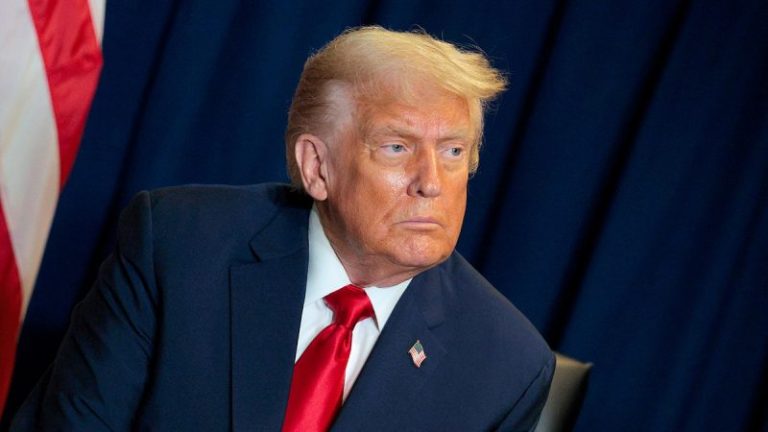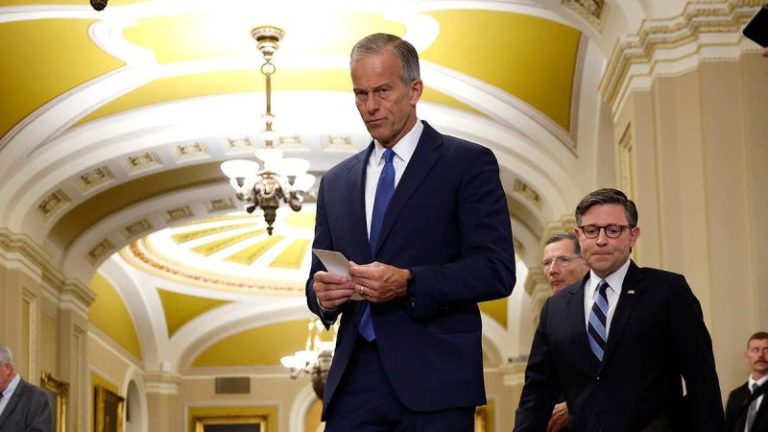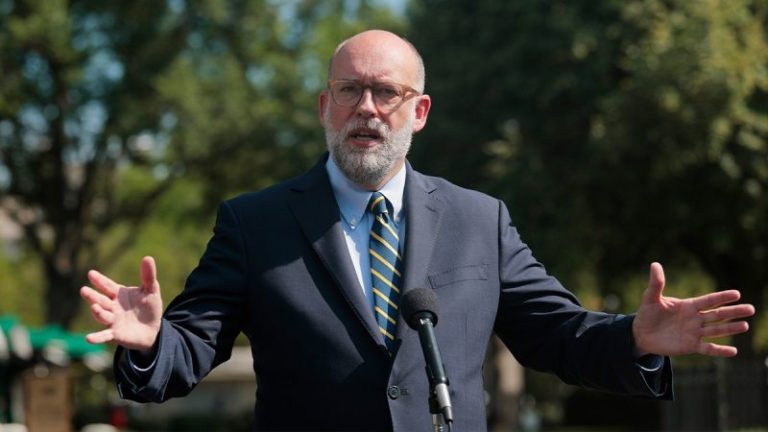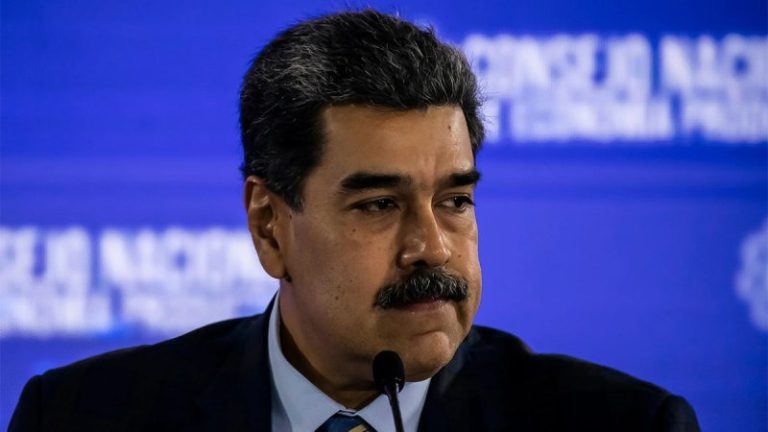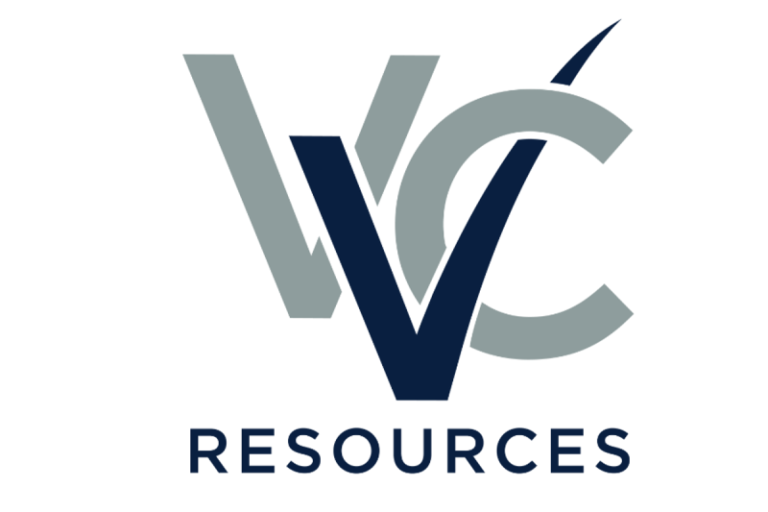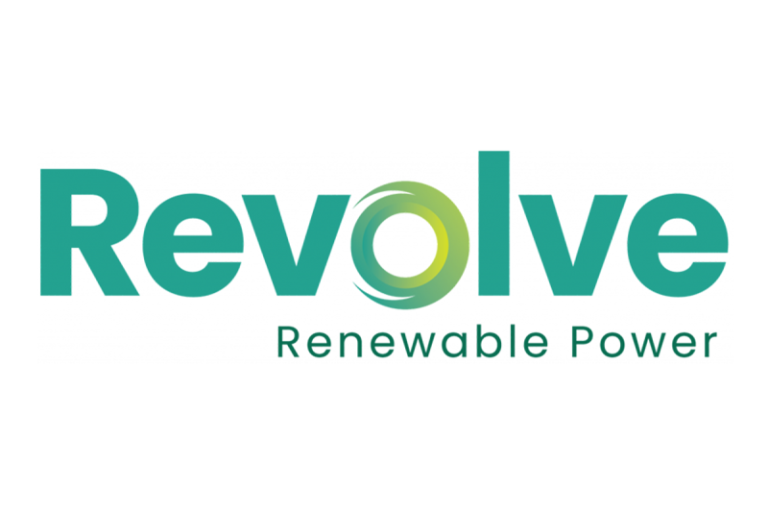Publicly, the White House says the latest strikes in the Caribbean are aimed at cartel infrastructure. Privately, some analysts suspect the campaign is calibrated to do something else: weaken longtime U.S. foe Nicolás Maduro’s grip on power.
President Donald Trump is ramping up pressure on the Venezuelan regime, striking four boats in the Caribbean Sea linked to drug trafficking networks tied to Caracas over the past month. Alongside those strikes, the U.S. has repositioned three destroyers, an amphibious assault ship, a nuclear-powered attack submarine and a squadron of F-35s to Puerto Rico — a deployment that has prompted one question in Washington and across the region: is the United States preparing for all-out war on Caracas?
So far, defense analysts say that seems unlikely. A ground invasion would require far more troops than are currently in the theater — between 50,000 and 150,000 by some estimates.
Somewhere around 10,000 troops have been repositioned in Latin America, a senior defense official told The New York Times.
‘The U.S. just doesn’t have enough forces there,’ said Mark Cancian, a senior defense adviser at the Center for Strategic and International Studies. ‘What I think they’ve put in place is the capability to launch strikes at either the cartels or the Maduro regime. If I had to bet, it’s probably against the cartels — but I wouldn’t rule out something against the regime.’
That limited but flexible posture reflects what some experts call a modern form of coercive diplomacy.
‘It sort of looks like we’re in the throes of a 21st-century version of gunboat diplomacy,’ said Brandan Buck, a foreign policy analyst at the Cato Institute. ‘The Trump administration is doing what it can to force some sort of transition [of] power — out of Maduro’s hands and into someone else’s — without a classic invasion.’
The pressure campaign has accelerated this year. The administration raised the bounty on Maduro — Venezuela’s kleptocratic leader for more than a decade — to $50 million, and officials familiar with internal discussions say Trump has grown frustrated with the dictator’s refusal to step aside. Diplomatic outreach to Caracas was reportedly suspended this week.
While the Pentagon continues to frame the campaign as counter-narcotics, the U.S. military’s posture now allows for much more. Ryan Berg, director of the Americas Program at the Center for Strategic and International Studies, said Washington’s evolving approach reflects a growing willingness to confront the regime directly.
‘There appears to be growing appetite to confront Maduro’s regime directly — including potentially land-based strikes within Venezuela,’ Berg said. ‘The force posture currently in the southern Caribbean is consonant with the potential for precision strikes using Tomahawk missiles or other weapons, but without risking the lives of U.S. service personnel.’
Behind the scenes, Berg noted, the administration has taken steps to prepare the legal ground for such action.
‘The clearest signal yet is the legal justification for a non-international armed conflict,’ he said. ‘That tells us several departments’ Office of Legal Counsel were tasked with building the case for potential strikes.’
The White House continues to describe the operation as homeland defense — stopping drug and fentanyl shipments before they reach U.S. shores — but analysts say Venezuela’s unique role in the drug trade blurs that line.
‘Under Maduro, Venezuela is a criminal regime,’ Berg said. ‘What makes the threat unique is that the regime controls the institutions of the state — and its military — to move drug shipments and participate in other illicit economies.’
That dynamic means targeting cartels could also destabilize the regime that depends on them. Brent Sadler, a senior research fellow at the Heritage Foundation and retired Navy officer, said striking cartel networks could ultimately make Maduro’s rule unsustainable.
‘The Maduro regime is reliant on the cartels to maintain its bottom line and stay in power,’ Sadler said. ‘If you weaken the cartel backing of the regime, then the regime itself becomes unsustainable. You don’t have to go in guns blazing — you let it crumble under its own weight.’
Cancian said the expanding U.S. presence at sea and in the air ‘indicates this thing may end up being larger or go on longer than expected.’ Any strikes against cartel production facilities inland, he added, risk bleeding into regime targets such as intelligence or defense ministries.
‘They could easily strike the intelligence service or the Ministry of Defense,’ Cancian said. ‘That’s where things could start to blur.’
But Democrats have accused Trump officials of trying to get the U.S. roped into another war. Republican senators on Thursday blocked an effort led by Senate Democrats to curb Trump’s war powers with a resolution stating Trump does not have the power to authorize strikes without approval from Congress.
The potential for retaliation remains a wild card. Venezuela’s conventional forces are weak, but analysts warn that the regime could rely on its cartel allies or proxy networks to strike back indirectly.
‘Maduro could facilitate their retaliation,’ Cancian said. ‘That could mean attacks on DEA agents or American citizens in the Caribbean. The cartels have the ability to do that.’
So far, few regional actors appear willing to come to Maduro’s defense. Berg said even many of the regime’s neighbors would quietly welcome his fall.
‘Many would be secretly happy to see him go,’ he said. ‘But you’d expect a few voices — [President Gustavo] Petro in Colombia, [President Inacio] Lula in Brazil — to object to the use of force.’
Erik Suarez, a Venezuelan-born political activist, said the hemisphere is already dividing over the issue.
‘We can divide South America [into] two sides,’ he said. ‘Lula in Brazil and Petro in Colombia are aligned with Maduro, but many others — Ecuador, Peru, Guyana, and Caribbean states — see Venezuela as a major threat because of mass migration and the spread of drug traffickers and terrorists.’
Suarez said the Maduro regime’s alliances with armed groups and terror networks make it not just a domestic problem but a direct threat to U.S. security.
‘Venezuela represents a huge national security threat — not only ideologically, but to homeland security,’ he said. ‘They’ve issued passports to Hezbollah members and targeted dissidents abroad. Keeping Maduro in power is a long-term danger to the U.S.’
That view is shared by Venezuelan opposition leaders in the U.S. and many Latin Americans who fled communist dictatorships and their descendants, including Secretary of State Marco Rubio.
Even if Washington succeeds in toppling Maduro, rebuilding Venezuela would be a monumental challenge. The country’s opposition — led by María Corina Machado and 2024 President-elect Edmundo González Urrutia — has legitimacy but faces the task of stabilizing a shattered state.
‘The opposition has had months to prepare for governing,’ Berg said. ‘They’re full of plans to get Venezuela back on a path of development and greater security.’
This post appeared first on FOX NEWS




